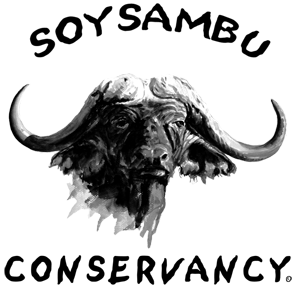It is a great opportunity to host the university students from the Centre for Global Education and staff for field study this week. The university’s instructors have been accompanied the students for the study in Africa majorly on Larger mammals (Conservation Biology of Terrestrial Megafauna) and related fields. The students studied rangelands, Human wildlife conflict, Raptors, and Livestock management. The visit to other protected conservation areas in Kenya gave them a clear picture of what the country has in terms of flora and magafauna.The students had opportunity of working closely with Simon Thomset who is known globally for raptors study and research. They were able to capture, ring and release some raptors including Augur buzzards and Long crested eagles. Small mammal traps were also laid for rodents. A number of cameras were set at strategic locations and a leopard was notably the largest nocturnal animal captured while walking to hunting ground. The waterfowls of Lake Elementeita mainly the Greater flamingos, Lesser Flamingos, Pelicans, Cormorants, Teals formed part of the study during visit to the lake. The lake being a Ramsar Site, World Heritage Site, Importance Bird Area and National Sanctuary is a great site also visited for field study




























